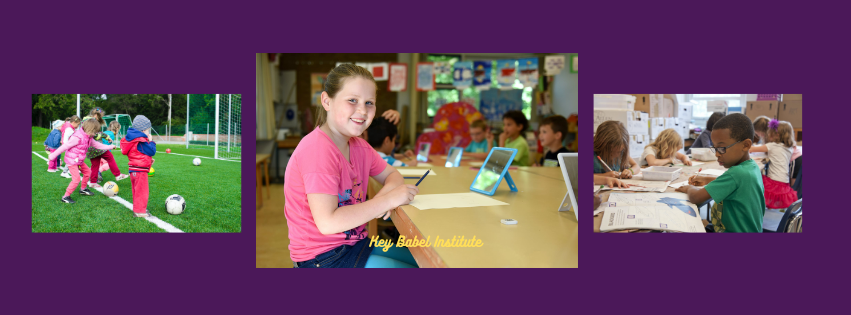With much of the interpersonal connection of the classroom setting lost, how does classroom discipline play out? The average child is active in classes and doing what they can to follow the teacher. How do we help those that may be prone to distraction, or acting out under a new virtual learning experience?
Set up rules from the beginning.
Just like in the regular classroom we go over the class rules at the beginning of each class for the first eight classes. By the half-way mark, students are able to guess the rules based on various hints that the teacher may give. After this period, the teacher may ask students recite the rules from memory at various points in the course as a way to check both their understanding of and commitment to the class flow.
We can all flow much better together when we know what is expected of each other and when. Although we do not have strict rules to "sit down", "take notes", "no talking", we definitely brace the students for accepting that there is a time and a place for all of the activities they wish to engage in.

Set aside practice sessions for multimedia/technological functions.
The mind of a child is full of wonder. Because it was formed without the knowldege of how things work, it must seek for itself the solutions to the many questions that it holds. As long as children have a dedicated time for exploring the various "cool" functions of annotating a screen, sharing a screen, adjusting their cameras, etc., they will use them appropriately to properly express themselves when necessary or share when given the chance.
We enjoy children leaving their cameras and mics on throughout the class experience so as not to interrupt the natural flow of language. We want to every voice follow along to the song, interject when they are confused about an answers and engage in open dialogue with each other. Just like in the classroom the teacher gives verbal and physical signals of when it is time to calm down or even get rowdy!
*This is a reminder to parents that yes, sometimes it is indeed the teacher that has encouraged your child to speak a bit louder, get out of their seat and in some cases raise their foot to the camera! It's all part of the lesson. Trust us.*
Keep an eye on every child by periodically checking the grid.
Some children can be very quiet in a group setting in general. They can be even more so in the online classroom. This makes it critical that the teacher is constantly checking their grid of videos to make sure they see the less outgoing yet eager to participate child. We must be conscious of the internal feelings that may be lying shallow under the surface of a child that looks otherwise disinterested. Even in in-person classes, there is bound to be a student or two that strays from the group with a longing heart.
It is also a good idea to have a name calling system in place that puts the less active students in high rotation during certain times of class. We must help those that are always demanding the stage understand that we live in a world full of other people, each with different needs.

Warnings before consequences.
Inevitably, there are times in which students of all personality types like to push their boundaries and see how far they can go. In these cases teachers should first calmly give the child a warning and an explanation of the consequences of not heeding the warning. Should the student continue, the teacher can decide to offer one more chance of a warning (or two more depending on the severity of the issue). After that, the teacher must enact the consequence that was told to the child the first time.
Ideally, the entire class must hear both the warning and the consequence, so that they also will have the opportunity to both weigh their options when decided to engage in the questionable activity, and also understand the situation when either the behavior of the offending student changes or they end up receiving consequences.
Some consequences that can be implemented on various virtual platforms would be:
- muting the student's mic forcibly
- denying the student the ability to annotate the screen
- denying the student the ability to share/control the screen
- removing the student from class (with a note in the chat box)
- etc.
At the end of the day, virtual school can feel like physical school. Teachers and students should familiarize themselves with the various online tools they will be using, and make a commitment to using their time to the best of their ability. When the lesson plan is well-thought out and the students are familiar with the setup and routine, classes can run quite smoothly.
Of course, you should always be prepared for the occasional meltdown in frustration, chipper chat box, and solemn doldrums since we're all just humans full of emotions, whether we're big or small.

Check out our 10-week Academic Chinese Courses
Ages 5 and up will be divided into similar age groups to discuss various topics using as much Chinese as possible!
Great for beginners and those already in a rhythm.
See you soon~